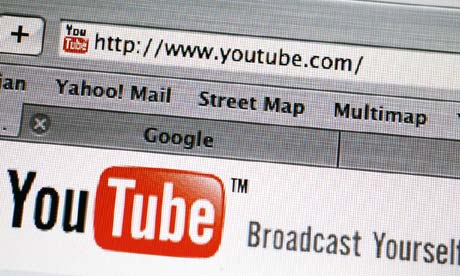Press releases used to help sites rank high in search engines because
they allowed companies to post links optimized with their most important
keywords. These press release links often played a crucial role in determining
a site's position in search results. Needless to say, online marketers sent out
press releases whenever they got an opportunity.
However, they no longer carry that SEO value. In fact, recently Google
described the keyword-rich press release links as link schemes. What this means
is that the anchor texts in your press releases will no longer improve your
site's performance in SERPs.
Worse still, if you have a habit of placing too many text links in your
press releases, they might even hurt your rankings. The move has hurt the
prospects of content factories that churn out press releases will the sole
objective of creating 'unnatural' links. What about those folks who write press
releases to actually distribute useful news? Well, this move could affect them
as well.
Has Google killed press
releases?
Well, not really. You can still produce a newsworthy press release
devoid of buzzwords and clichés to deliver news to your target audience. You
can also include Google-sanctioned hyperlinks in your press releases. But
companies need to realize that there is very little they can accomplish with isolated
press releases.
There are still several things that press releases cannot do. Unfortunately,
some companies are yet to get the message.
A press release won't get you guaranteed coverage in influential media
outlets. Of course, there are a few reporters who still like press releases for
the well laid out information they provide. However, there is still nothing to
assume that you will get actual coverage by sending a release to these folks.
When their email inboxes get filled with irrelevant or even spammy news,
editorial staffers won't be able to devote a lot of time to read wordy press releases.
In fact, sending a personalized email is even better, but it requires
more efforts than a press release.
In the olden days, the audience for a press release was editors and
reporters. But now this literature is read by nearly all people. However, there
is no guarantee that your press release will get read just because you posted
it somewhere. The way you optimize and distribute the press release is equally important.
Here are a few things you need to consider:
You have to include all relevant hashtags in your press release and
distribute it through relevant social media sites.
Put your keywords/ keyphrases in the heading and subheads. And most
importantly, follow Google's guidelines about anchor text. You should also
consider including pictures and images that make your press release more
shareable.
Press releases are not much different from other platforms that
companies use to spread their word. Just like other platforms, press releases,
too, are evolving. It is true that they have lost much of their importance, but
they might still be around for some more years.







